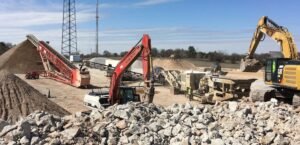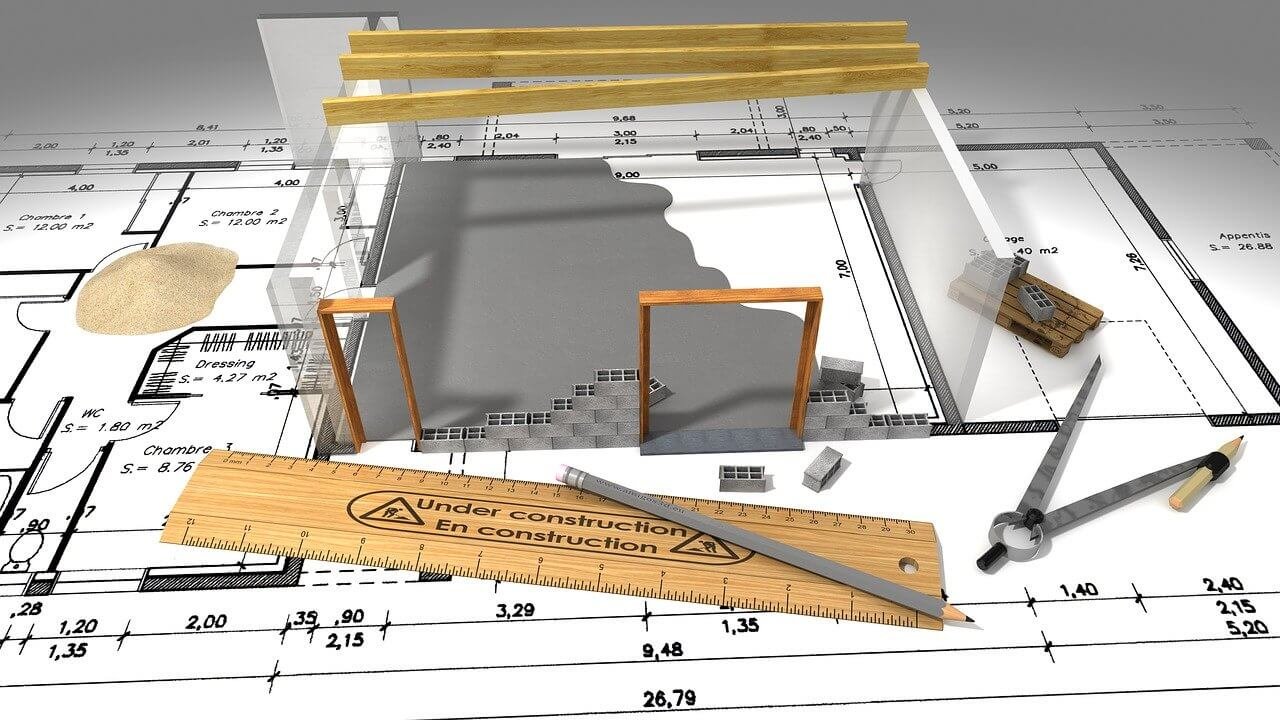The early phases of many construction projects involve the demolition of concrete foundations, sidewalks, driveways, and other concrete structures. However, concrete can be recycled and reused in many ways, but the process involves crushing or pulverizing the concrete rubble near the demolition or building site.
Reusing concrete can reduce construction costs while providing benefits to the environment. The recycled concrete not only stays out of landfills, but it also replaces other materials like gravel that is mined and transported for use.

Benefits of Concrete Recycling:
Demolished concrete was first shipped to landfills for disposals, but due to greater environmental awareness, the concrete is being recycled for reuse in concrete works. There are numerous benefits of recycling concrete rather than dumping it or burying it in a landfill. Some benefits involve- local sources, reduced truck traffic, cost savings, an alternative to a non-renewable resource, and no disposal fees. If the buildings are seeking LEED Green building certification, they receive points for using recycled concrete.
- Avoids the landfill: Concrete is non-biodegradable and takes up valuable landfill space. Recycling allows the concrete to be crushed and used in other applications and reducing the need for more landfills.
- Reduces the need for mining: Less mining means more valuable resources are preserved for future generations. Recycling concrete into usable aggregates consumes less energy than processing new stone.
- Application: Recycled concrete can be used in many construction projects, like road foundation, landscape materials, soil stabilization, pipe bedding, ready to mix concrete and exposed aggregate concrete.
The Necessity of Concrete Recycling:
Millions and millions of waste concrete is generated every year globally due to:
- Demolition of old structures.
- Destruction of structures during earthquakes and wars.
- Removal of useless concrete from structures & road pavements, etc.
- Waste concrete generated due to concrete cube testing, destructive methods of testing.
Listed below are some reasons why we should consider concrete recycling:
- Huge Freight charges: If you own a company, you know what high-quality aggregate can mean, and what big-time money means to get it there.
- Recycled Concrete is cheaper: Recycled concrete is cheaper than the freshly-mined aggregate, meaning you can save on material costs while not having to forfeit on quality.
- Environmental Improvement: Using or providing recycled concrete has an impact on a system that helps in reducing the amount to refuse the cluttering landfills.
Uses of Old Concrete:
Recycled concrete can be used in many ways as you would use new materials, like gravel, paving materials, and aggregates.
- Base for new asphalt paving: Through a process called rubblization, old concrete pavement can be broken in place and can be used as a base layer fo asphalt pavement laid over it.
- Paving for walkways, driveways, hard surfaces: Broken concrete laid creates a stable, porous traffic surface that rainwater filters through. The technique of laying reduces the runoff water and replenished the groundwater.
- Aggregate for mixing new concrete: Crushed concrete can replace some of the new aggregate used in ready mix concrete.
- Landscaping: Properly crushed and well sorted, ground concrete can replace rive rocks or other gravels used as ground covers and mulch.
- Wire gabions: Wire cages filled with crushed gravel can make decorative and functional privacy screen walls or retaining walls.
- Materials for building new oceanic reef habitats: Large pieces of concrete carefully positioned offshore can be used for a foundation for corals to build new reefs.

In addition to intensive production, concrete is an extremely rigid material, heavy and composed of cement, water, stone, and sand. Hence, it will be possible to use concrete sustainably after demolition. Cement releases the largest amount of carbon dioxide during production compared to similar materials, conserving natural resources by reducing gravel and san extractions.
In practice, after the demolition of structural parts, it is possible to crush the concrete in special machines so that the fragments are later classified by size. Metals like rebars can also be separated by large magnets. But when possible, the most effective way of recycling concrete would be to carry out crushing on the construction site itself, reducing the construction costs and pollution that would be generated during transportation.
By approaching the subject of recycling concrete sustainability, it is important to understand the variable factors that impact the final result. The main reason for recycling is to make the material less harmful to the environment and saving energy.
To know more about Architecture Technology, Stay Tuned.



